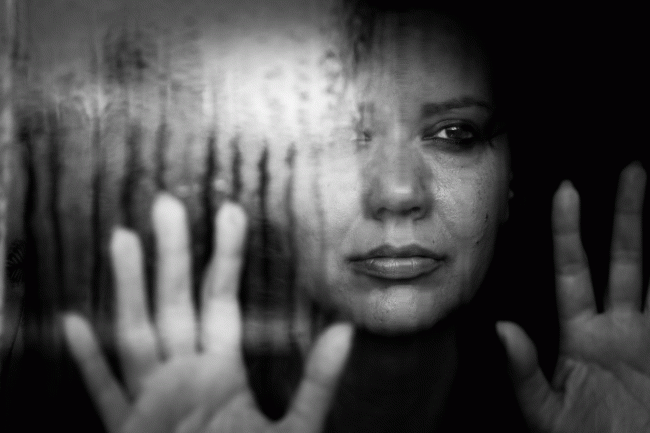Archives
Stay up-to-date and on top of your health with our e-Newsletter and receive updates on current treatments and vital health issues.
Seasonal Affective Disorder (SAD)

Sunshine, balmy evenings, outdoor entertaining amongst family and friends…these are all but fading memories of summer, as we shiver through the peak of winter, sheltering indoors in a semi state of hibernation, comfort eating and struggling to get out of bed in the morning. Sound familiar?
Did you know that winter blues is a recognised medical condition termed Seasonal Affective Disorder? SAD is a form of depression that fluctuates with the seasons and varies in incidence from country to country, peaking in the winter months and in countries furthest from the equator where winter days are shortest. The symptoms of SAD appear in late autumn and resolve in spring and summer. These include:
- Fatigue, and an increase in the demands of sleep
- Increased appetite, especially for sweet or starchy food
- Weight gain
- Mood changes, and irritability
- Relationship difficulties
- A general sense of inertia
There are simple measures that help with winter blues:
- Exercise has a positive impact on mood, and our general sense of wellbeing by increasing the secretion of natural serotonin, our “feel good” neurotransmitter found in the brain. Exercise also has a positive impact on energy levels and on metabolism, thereby counteracting the effects of comfort eating that often worsens through winter. As hard as it is to get up off the couch and into in the freezing cold, particularly when it is dark after a long busy day, being active for 30 minutes per day can significantly reduce the impact of seasonal affective disorder, not to mention all the other health benefits of regular physical activity.
- Exposure to natural sunlight is another great way to reverse the negative effects of winter on our mood. If possible, spend some time outdoors through the middle of the day, allowing the sunlight to penetrate the retina, at the back of the eye, which likewise has a stimulating effect on serotonin secretion in the brain. Natural light is ideal but don’t underestimate the power of artificial light. You may find something as simple as installing a timer device to your bedside lamp, and having it programmed to switch on in the morning just prior to your waking time, a simple strategy to help you get out of bed and start your day with more energy than usual.
For further support, guidance and treatment options, you should discuss your mood changes with your doctor.
With prevention at the forefront of the Airlie Women’s Clinic model of care, your doctor can help you avoid recurrence of SAD in the future, so if you’ve experienced these feelings previously, don’t wait for the symptoms to return before seeking advice. We want to see our patients performing optimally all year round, so if you feel you are at risk of the seasonal affective disorder, be proactive and seek help from your doctor.